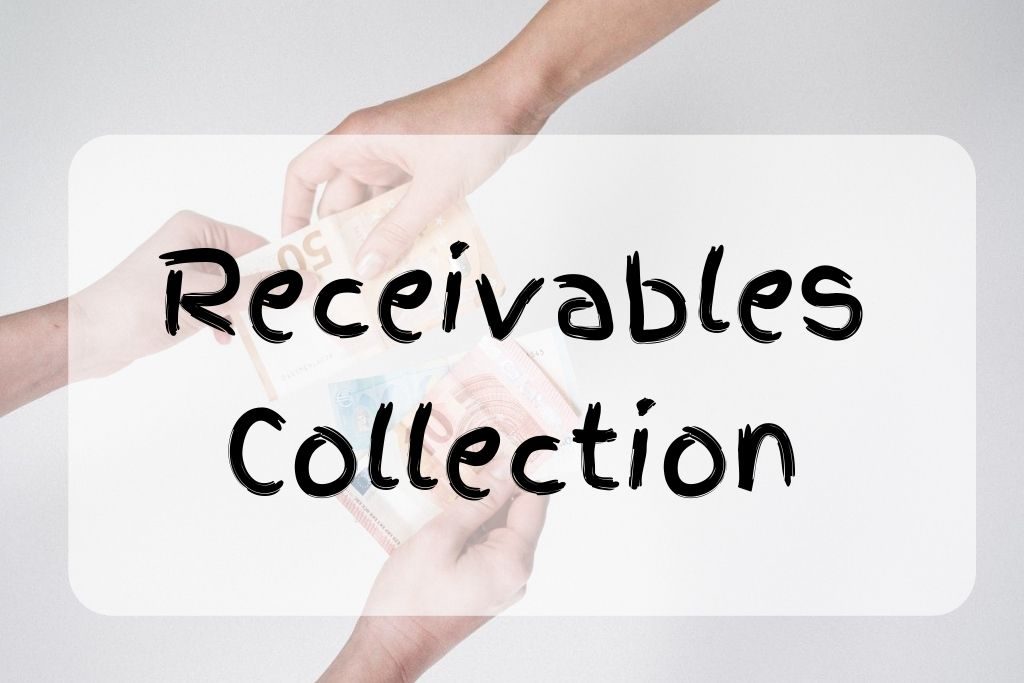What Is Receivables Collection?

Definition of the Receivable Collection Period
- The receivable collection period is a period when a firm receives the amount owed by their customers (Account receivable).
- Firms need to know this because they have to make sure they have enough in hand for their current obligations.
- Because of the time value of money, firms aim to keep this period as short as possible without losing other benefits.
- Depending on the business management style, there is no specific number of days that are the best. However, most firms collect them within thirty days.
- If it takes a firm longer than they expect, they should implement a more efficient method of collection.
Want to learn more financial ratios?
Get the eBook explaining some of the most useful ratios for free now.
What is the Formula for the Receivable Collection Period?
- The average collection period can be calculated with two formulas.
- The first one is to multiply days in period with average account receivables and divide them average credit sales per day.
Receivable collection period = (Days in period x Average account receivables) / Average credit sales per day
- The second way to calculate it is to divide the number of days in period by account receivable turnover ratio.
Receivable collection period = Days in period / Account receivable turnover ratio
- The account receivable turnover ratio is calculated by dividing net credit sales by average accounts receivable.
Accounts receivable turnover = Net credit sales / Average accounts receivable
Receivable Collection Period in Practice
- Assume that Nancy’s flowers have an average account receivable of $60,000 for the year and average credit sales per day on $900,000.
- The average collection period would be (365 x $60,000)/ $900,000 = 24.33 OR
- Accounts receivable turnover = $900,000/$60,000 = 15, Receivable collection period = 365/15 = 24.33
- In conclusion, Nancy’s flowers take around 24 to 25 days to collect their accounts receivable.
Learn some of the most useful financial ratios!
Don’t miss this free eBook.
